I grew up in Maharashtra. Throughout school, our Indian history syllabus was restricted to the North and the West. The South was represented by such names as Tipu Sultan and the East ended at Bengal. It’s a pity that I perhaps know more about the French revolution and the American Revolution than I do about parts of my own country’s history. Chances are, this is true for you too.
I know of the Boston Tea Party and that India exports teas, but I don’t know of the genesis of Assam’s now-famous tea estates. We know of the TransAtlantic Slave Trade, but do we know of the movement of Indentured labour into India?
We encourage you to buy books from a local bookstore. If that is not possible, please use the links on the page and support us. Thank you.
The problem is two-fold; one in which history is treated as a static event of the past, its apparent significance isolated from the mundanity of life, and second, of concentrating too much on a handful of chosen events.
This is why a book like Chinatown Days is vastly important. Authored and translated by Rita Chowdhury, it was originally published in 2010, in Assamese under the name ‘Makam’, after Makum, the little town of Assam and home to a thriving Chinese community until the 1962 Indo-China war, when these Assamese Chinese were forcefully deported back to China.
The Narrative: Scale and Scope
Chowdhury imagines and delivers a magnum opus of historical fiction spanning nearly 200 years. The story begins with the Bruce brothers, who, in a bid to rival China’s monopoly on tea in the early 1800s, reach North-East India and lay the foundations of a thriving tea-cultivation culture that it is known for to date. This narrative is intertwined with little fragments of Singhpo history, Burmese invasions of Assam and how the East India Company came to rule the region.
With the setting up of tea estates, there was a need for land and labour. The land was available, and labour was imported. Assam’s rise as a tea-producing state coincided with the rise of opium addiction in China. Ho Han and Ho Yen are two slaves to an opium-addict master in China when a man wearing ‘chains of gold and pearls round his neck’ promises them a better life if they sign a seven-year agreement.
This begins their journey as indentured labour to the port of Calcutta, from where they are sent to Assam, their life no longer in their own hands, illiterate, in an unknown country, forced to live under similar conditions from which they escaped, with nowhere to go to.
But the human spirit, as much a boon as a bane, prevails, and labourers from several regions find a way to mingle and live with each other. They marry, they have children, they make use of the little knowledge and craft they possess, and combine it with the persistent hard work that only those with no hope and no dreams can put in and build a life for their descendants to be.
As Chowdhury writes:
“The world they had left behind was slowly passing into obscurity. They did whatever was asked of them without any protest. Their infinite sighs had mixed with the air of the tea gardens of Assam.”
But history often comes a full circle, and in 1962, when Ho Han’s great-great-grandchildren are alive and playing in Cheenapatti when elders are gathering to play Mahjong, when schools are teaching both Chinese and Assamese to the school-goers, tragedy strikes, once again. Hundreds of people from all parts of Assam, once laughing and celebrating, are torn apart from their families, and deported to China, with their belongings and property looted.
One day, they were celebrating Pulok and Mei Lin’s marriage, celebrating the victory of Tung Ching, Robin, Lee Chang and other players of the Seven Star Football Club and the next, half of them, mothers without children, husbands without wives, women without their lovers were sent on inhuman train journeys to the Deoli internment camp in Rajasthan, without enough food or water, where other Indians pelted them, shouted slogans at them and accused them of being Chinese spies because it was war. Once familiar faces, once family friends become strangers, and turn their backs on them. Sometimes, family betrays family and homes are torn apart.
We hear of this tale from the writer Arunabh Bora, himself a descendent of Makum, a town now lost to history, with only Chinese-shaped houses as proof of the past. His mission? To reunite the lead pair of this story, Pulok and Mei Lin, after 49 years (two decades longer than Veer-Zara)
Almost every aspect of human relationship reveals itself; friendship, love, comfortable companionship, finding humanity and losing it, losing a child, losing a parent, and the defining knowledge of pre-internet: you may never know of your loved ones again. This weight comes crashing down on you when Chowdhury writes:
“We have orders to take only the Chinese persons amongst you.”
“What are you talking about? What kind of justice is this? If my husband is Chinese, I am Chinese too. If I am Assamese, so are my children. If my son is Chinese, how can his children not be Chinese? If you take one, you will have to take us all.”
Real-life politics and events intermingle freely with the lives of our (thinly-disguised, I suspect) fictional characters, and Indian soldiers, student-political activists, Nehru, and then defence minister Krishna Menon all make an appearance, laying bare the attitude that the Centre had towards the North-East, and even how the State government failed in its tasks.
The Criticism
Because the book is so important, there is more responsibility on the author to have translated it with a little more care. The eloquence with which, say African-American stories of slavery are written is wholly missing in Chinatown Days and each sentence of the narrative is filled with the impending sense of doom, a tone which becomes monotonous. I am constantly applying breaks to the normal flow of reading thanks to sentences and paragraphs like these:
“It was a grey and dusty village. A village struck by famine. In a corner of this village lived Ho Han.
I cannot speak if this is true for the Assamese version, but by taking away the oscillations of tragedy and joy, Chowdhury has also taken away a lot of the flavour that such a narrative could possess. The larger narrative arc does not always hold the history and is relevant only in the end. While the description shines, the dialogue and sentence flow take a big beating in the translation.
She should have been inspired by the last few pages of her own work, where the story comes alive along with the histories, and this contrast reminds you even more why the rest of the book fails. It turns, in essence, from a drab history lecture to a story of love, longing, separation and yes, the tears that come with this heady mixture.
It took me nearly a month to finish this book, and I know that at least 100 pages of repetitive information could have been chopped off. (Hope the publishers are listening). Hit me once, or twice, it will sting. Continue hitting me and I will be desensitized. A book like Chinatown Days has a responsibility to not be restricted by the rules of translation, to bring out a beautiful story that need not be word for word as the original.
Regardless, it is a book for every Indian who claims, often thoughtlessly, that war is the solution to all problems. It is a book for every Indian whose imagination of the northeast is not much more than mountains, music and ‘people who look like the Chinese’ or ‘women who pee standing’. It is an important book to understand what nationality can mean. How war can divide lives, and how India has not one, but several histories of partition, India-Pakistan being only one of them.
Recommended For: Every Indian, really, at least every one to the west of Bengal. To begin to understand India better.
Favourite Moment:
“Bisa Gaam’s eyes widened in surprise. Would it be wise to trade in tea with this unnaturally fair man from across the seas?
After a long period of silence, he asked, ‘Will this business of tea cause any difficulty to our people?”
Further Reading:
- History of Indo-China War of 1962: Books, articles, personal histories, archives, whatever you can get your hands on.
- Assam’s History, from the Ahom dynasty to today. For starters, this article.
- History of Indentured Labour: Especially the book, Slavery and South Asian History.
- A history of the National Register of Citizens and the Citizenship (Amendment) Bill, which was passed in the Lok Sabha in January 2019.










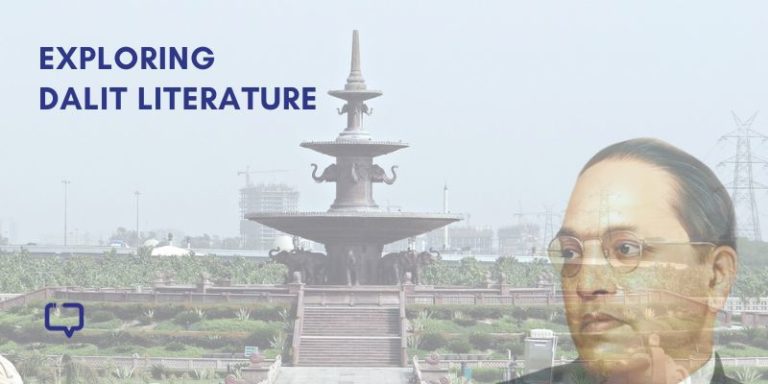
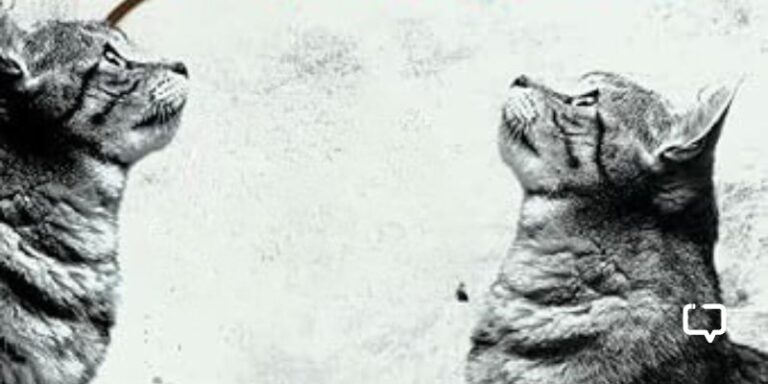


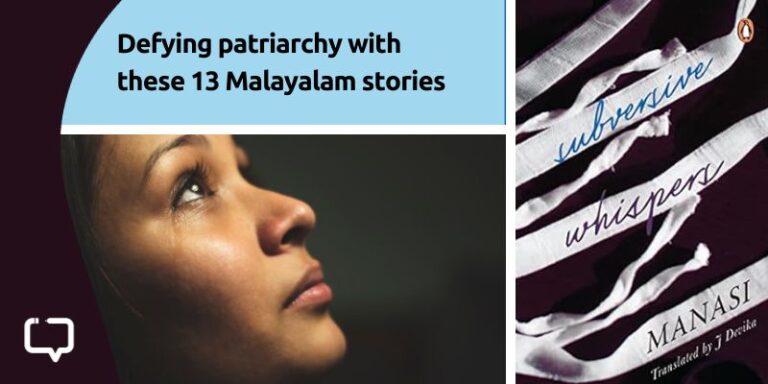

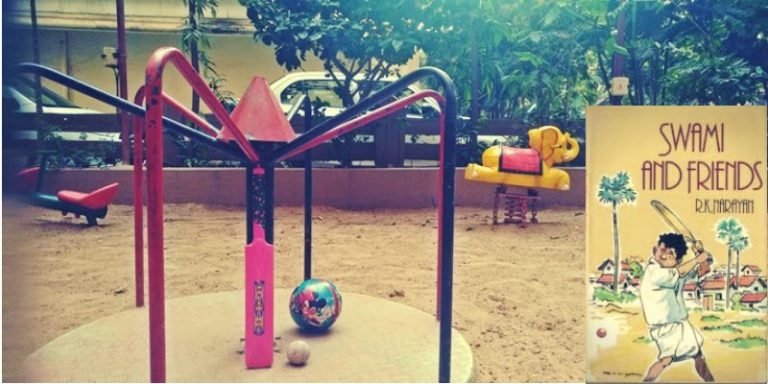
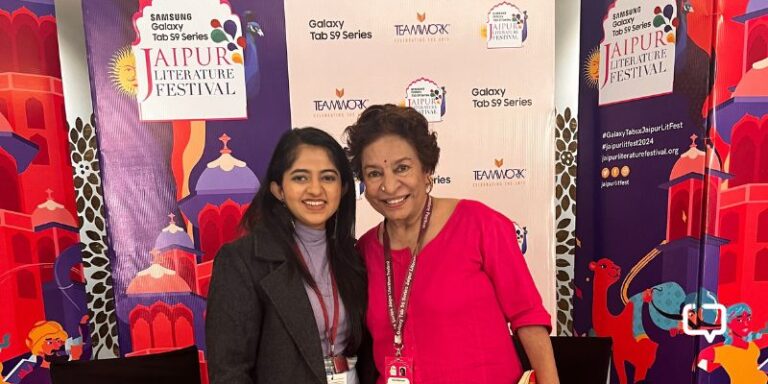


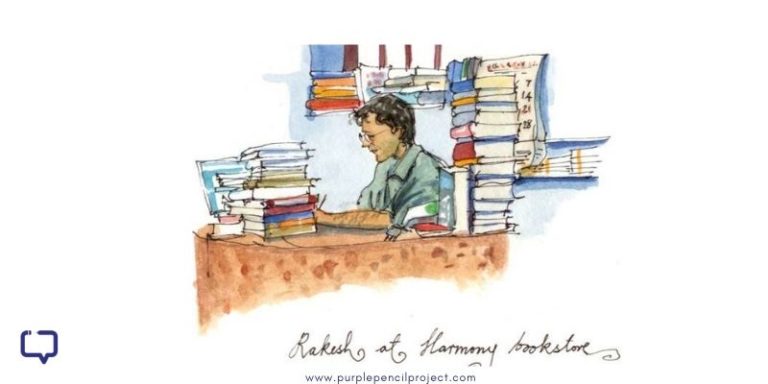


One Response
I just saw your review and getting a preloved copy of this one. Thank you for putting spotlight on it.